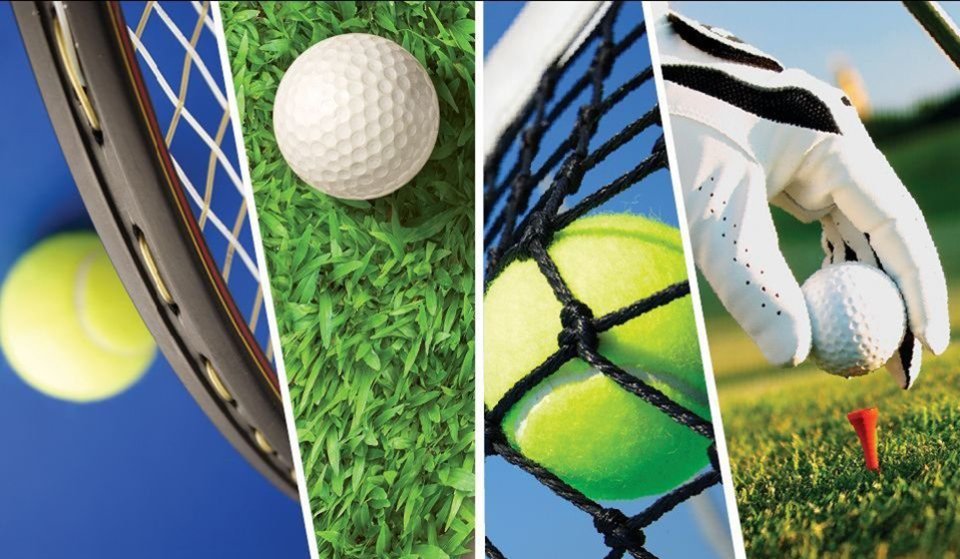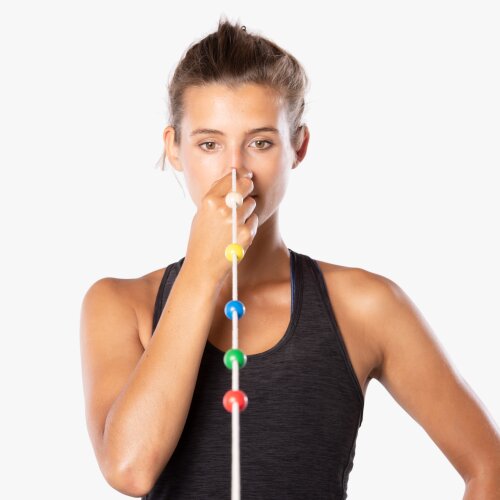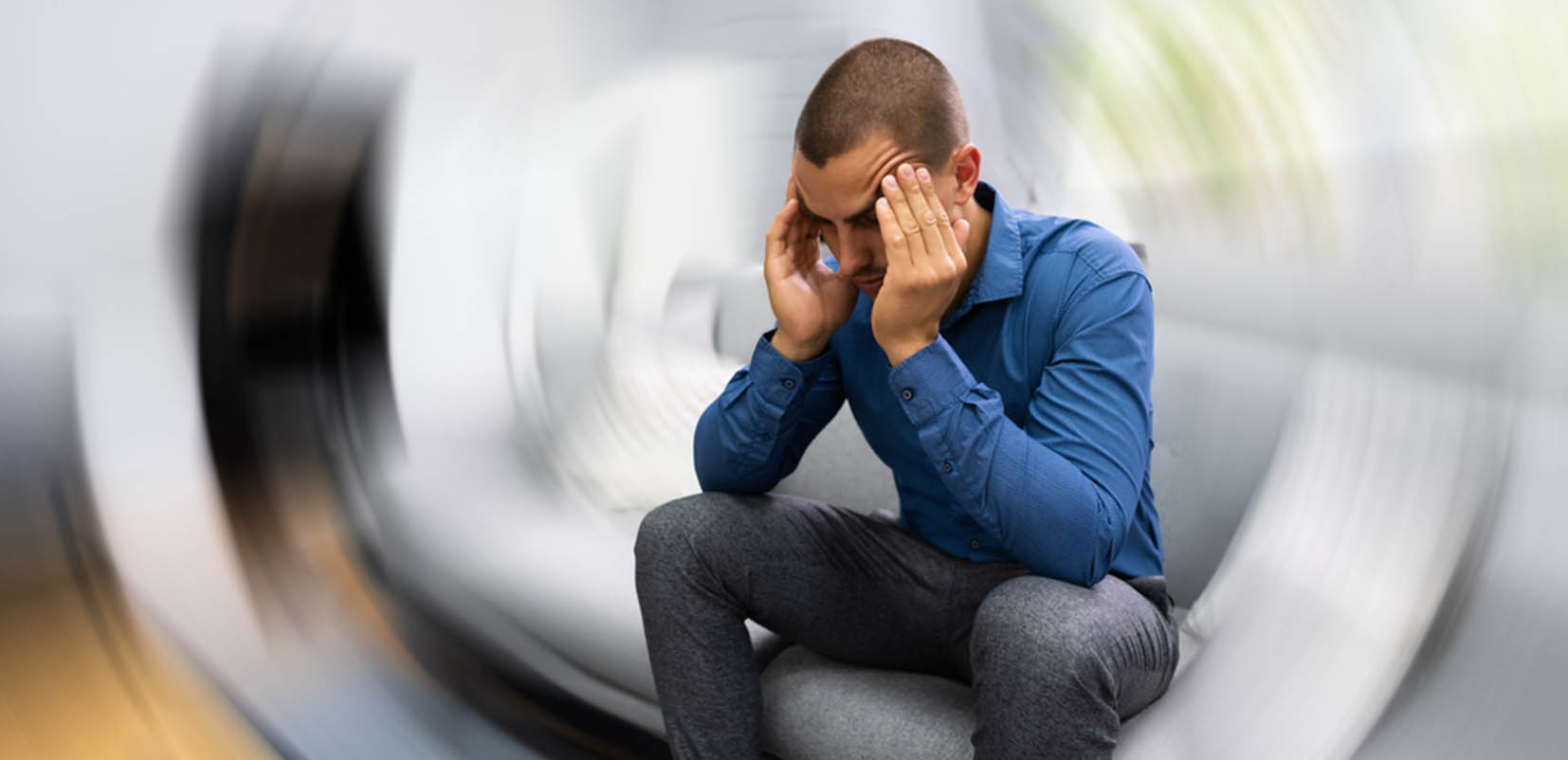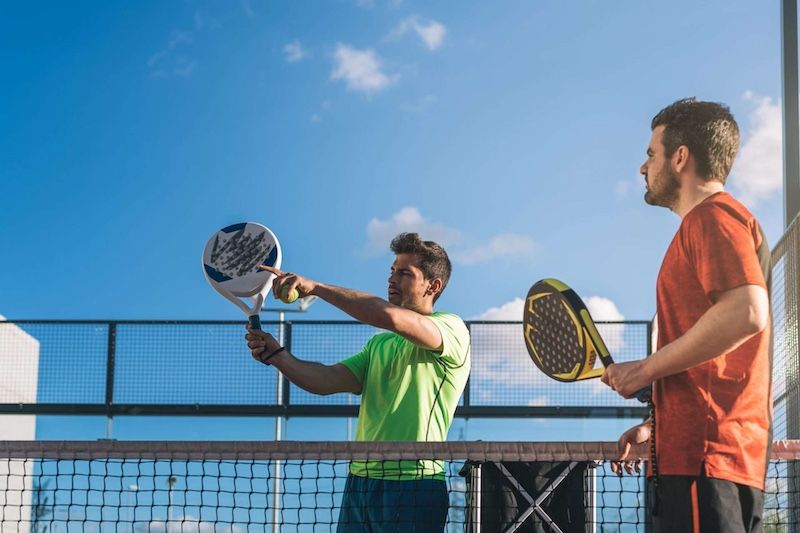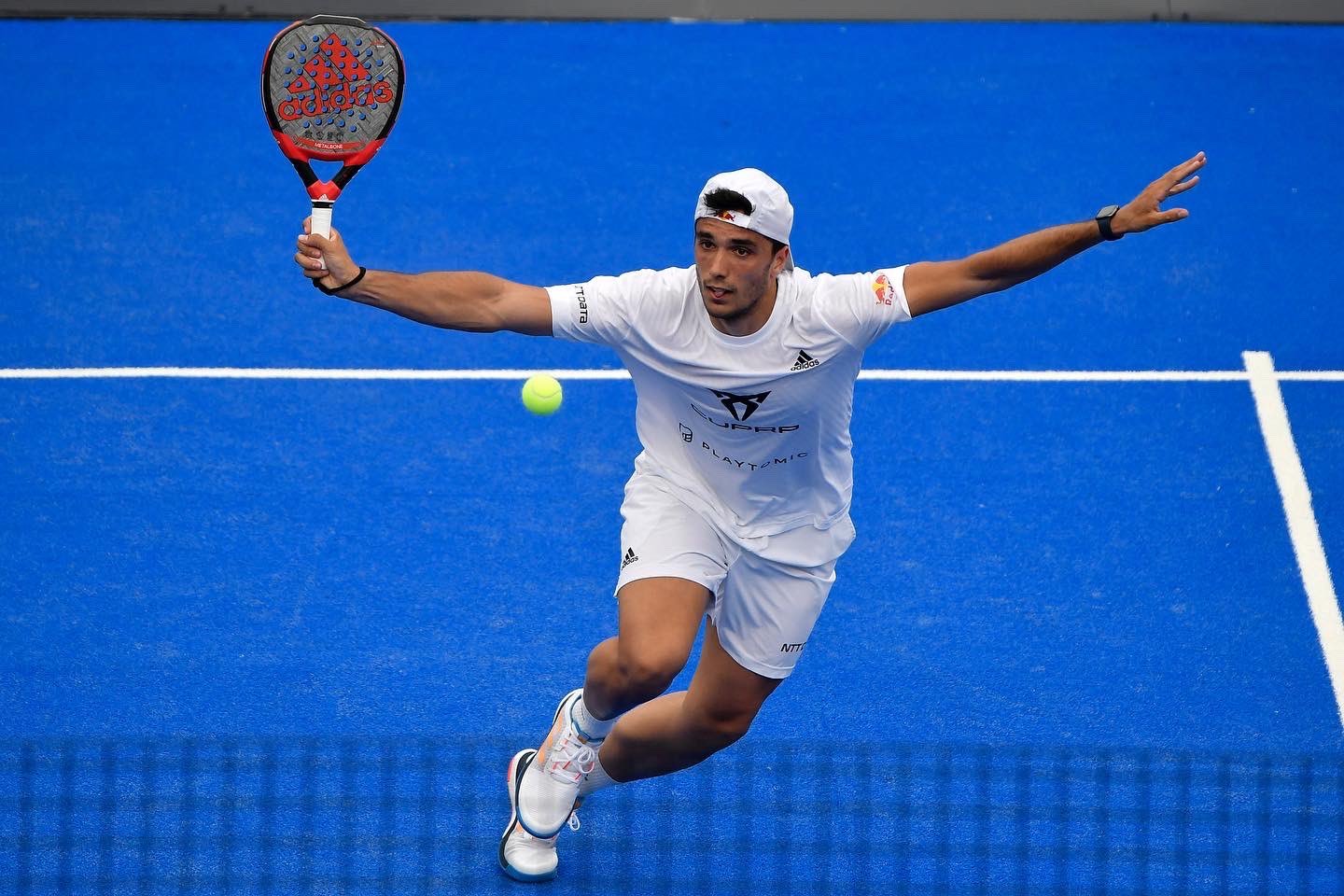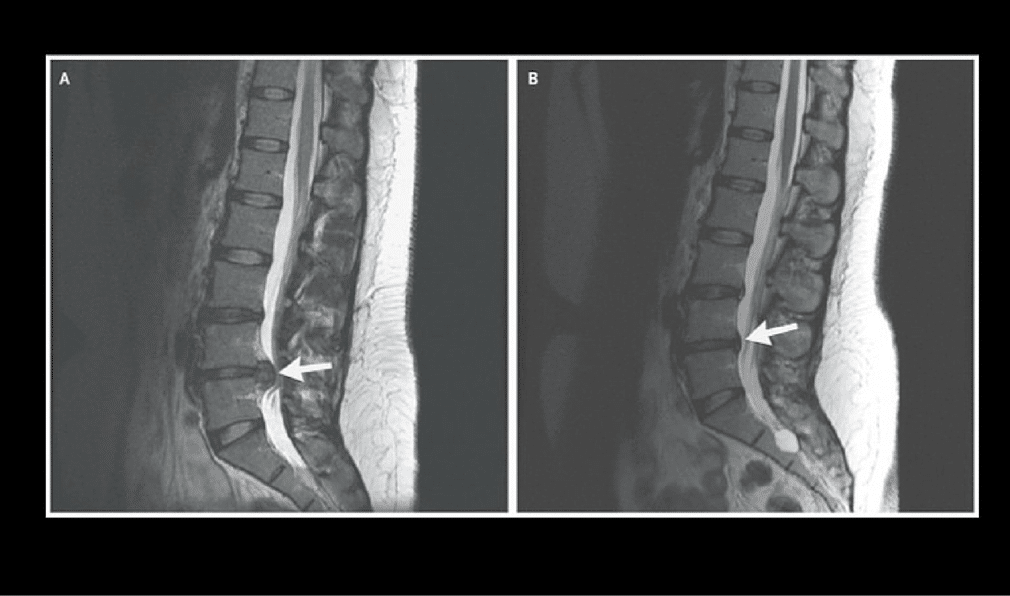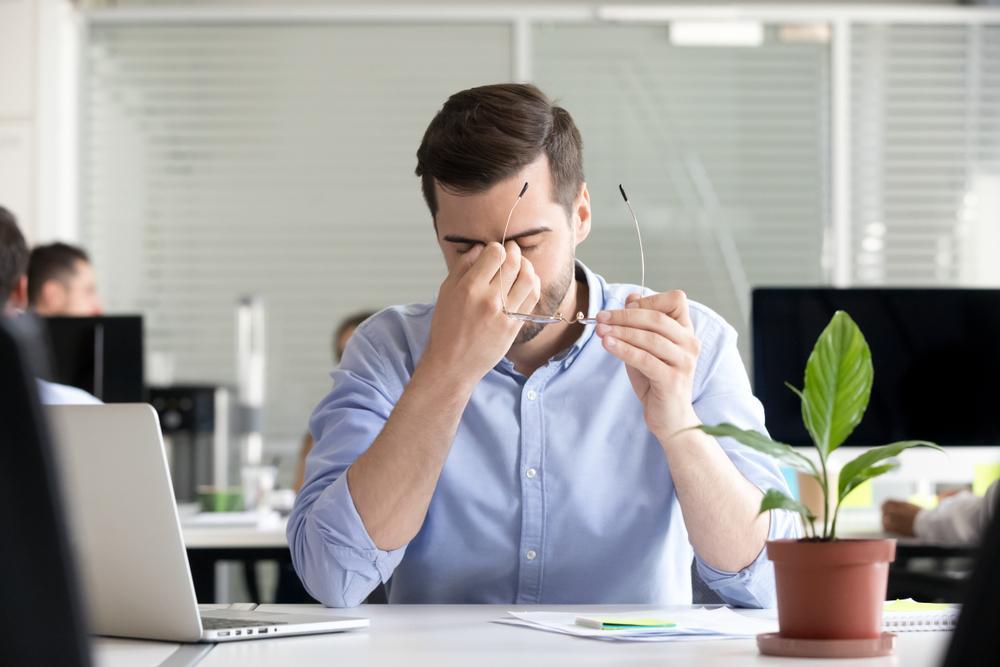What Is Proprioceptive Deep Tendon Reflex (PDTR) Technique? Advanced Physiotherapy Method in Dubai, UAE
If you’re in Dubai or the UAE and seeking innovative physiotherapy solutions, understanding the Proprioceptive Deep Tendon Reflex (PDTR) technique is essential. PDTR is a specialized manual therapy method focused on treating neuromuscular dysfunction by working with the body’s deep tendon reflexes to improve muscle control and reduce pain.
What Is the PDTR Technique?
The Proprioceptive Deep Tendon Reflex (PDTR) is a cutting-edge physiotherapy treatment technique that targets neuromuscular imbalances by stimulating and modulating deep tendon reflexes. Unlike the natural tendon reflex itself, PDTR is a manual intervention designed to help restore normal muscle tone, improve motor control, and relieve chronic pain.
This technique is gaining popularity in advanced rehab centers and clinics in Dubai, especially for patients with complex neurological or musculoskeletal conditions.
How Does the PDTR Technique Work?
- The therapist assesses specific muscles and tendons to identify dysfunctional reflex patterns causing muscle weakness, pain, or spasticity.
- Through precise manual stimulation of tendons and proprioceptors, PDTR activates the neurological pathways responsible for muscle contraction and relaxation.
- This neuro-modulation facilitates immediate or gradual restoration of normal muscle function and better coordination.
- The process is typically quick, painless, and can be combined with other physiotherapy modalities for enhanced results.
Why Is PDTR Important for Rehabilitation and Sports Performance in Dubai?
- Targeted Pain Relief: PDTR helps patients in Dubai suffering from chronic pain or muscle dysfunction related to neurological causes.
- Improved Muscle Control: Essential for athletes and active individuals in Dubai who practice sports like padel, golf, and tennis.
- Fast Recovery: Clinics in Dubai use PDTR to speed up recovery from injuries by normalizing reflex pathways.
- Non-Invasive and Safe: PDTR offers a drug-free, non-invasive alternative or complement to traditional treatments.
How Do Physiotherapists in Dubai Use PDTR?
Expert physiotherapists in Dubai evaluate patients with muscle imbalances or neurological issues and apply PDTR to reset abnormal reflexes. The technique is integrated into personalized rehabilitation plans that may include exercise therapy and manual treatments.
Enhance Your Rehabilitation and Athletic Performance with PDTR Therapy in Dubai
If you live or train in Dubai, exploring the Proprioceptive Deep Tendon Reflex (PDTR) technique could be key to resolving muscle pain, improving movement quality, and boosting your sports performance safely and effectively.


